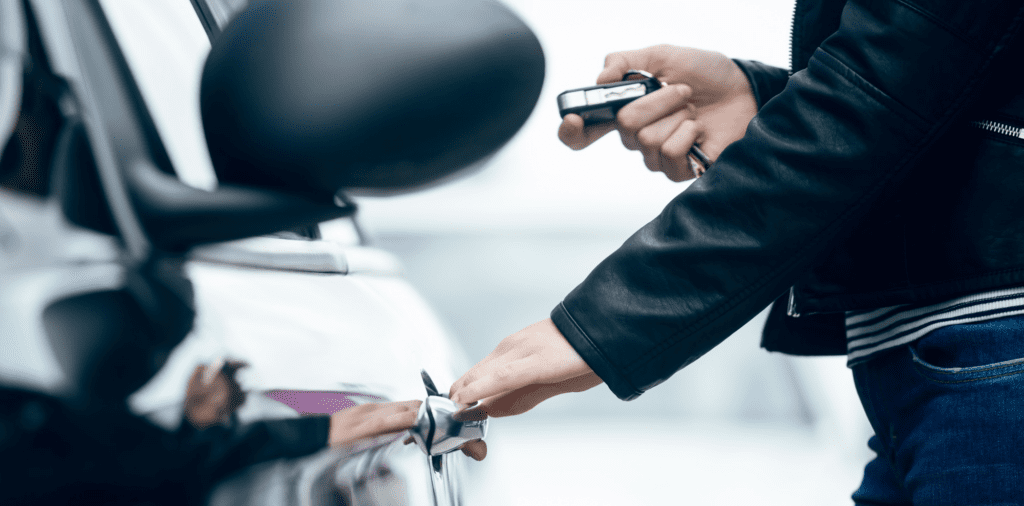
After all the effort it takes to purchase a car, one might assume that high insurance costs would be the most challenging aspect for drivers. However, this isn’t the reality.
Despite technological advancements in vehicle security, theft remains a significant concern for many car owners.
- Keeping your car safe and secure
- Don’t keep valuables in your car
- Stay Vigilant: Secure your car
- Be careful where you park it
- Enhance your car’s security layers
- Keep a hold of your keys
- Don’t keep your car running
- Think twice before modifying your car
- Establish a routine for safety
We’re here to guide you with essential strategies to ensure your car’s safety. These tips range from making your car less enticing to potential thieves to measures that aid in retrieving your car in unfortunate situations. Dive in to discover more!
Keeping your car safe and secure
Experiencing car theft is akin to a massive hiccup in one’s daily life. Such an incident can deprive you of your transportation for extended periods, be it weeks or even months, depending on how swiftly law enforcement can recover your vehicle.
Moreover, if you have a habit of storing valuable items in your car, like a sat nav, crucial documents, or personal belongings, there’s a high risk that you may never retrieve them.
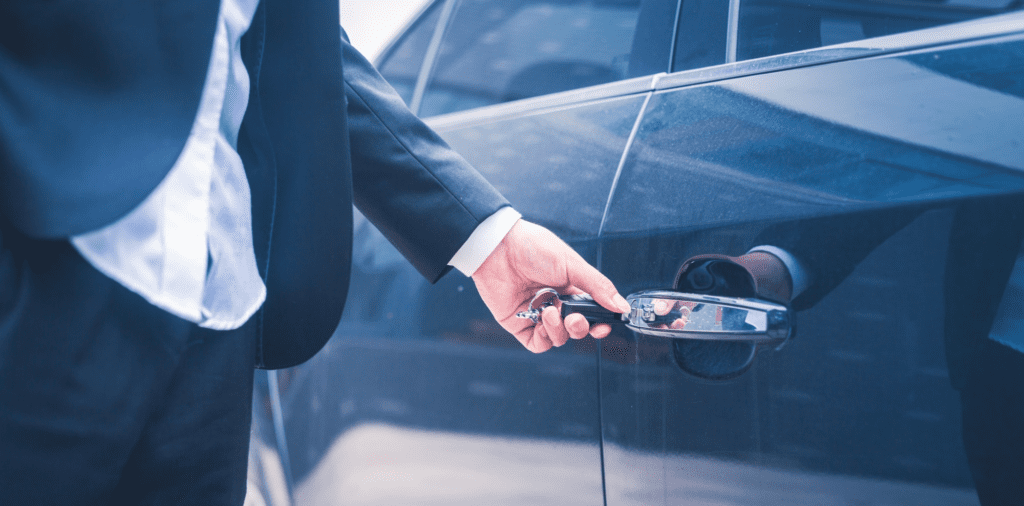
Think you’re immune to such threats? Consider this: Home Office statistics highlight that a staggering 111,999 cars were pilfered between 2017 and 2018. This surge might be attributed to car thieves adapting and utilising sophisticated technology, staying a step ahead of security systems.
The mere thought of this distressing scenario is enough to alarm anyone. If you’re hoping to safeguard your prized possession against such threats, it’s time to keep a keen ear to our advice.
We’ll provide a blend of recommendations: some aimed at deterring thieves and making your car a less attractive target, while others will offer guidance to mitigate the fallout in the unfortunate event that your car is stolen.
Don’t keep valuables in your car
While it might sound like standard advice, it’s shocking how many individuals inadvertently leave valuables exposed inside their cars.
True, after a long day, one might overlook clearing out the car for the sake of convenience. However, cutting corners to save a few minutes can indeed prove costly in the long run.
Even if you think your valuables are inconspicuous, clear windows offer pedestrians or potential thieves an unobstructed view of your car’s interior. Forgetting essentials like wallets, gadgets, or even a sat nav may inadvertently entice opportunistic criminals.
Whether you’re parking in your driveway, a public parking lot, or any other location, it’s paramount to do a quick sweep of the car’s interior to ensure no valuable items are visible. Ideally, carry these valuables with you; if that’s not feasible, securely stow them in the boot, especially during short halts.
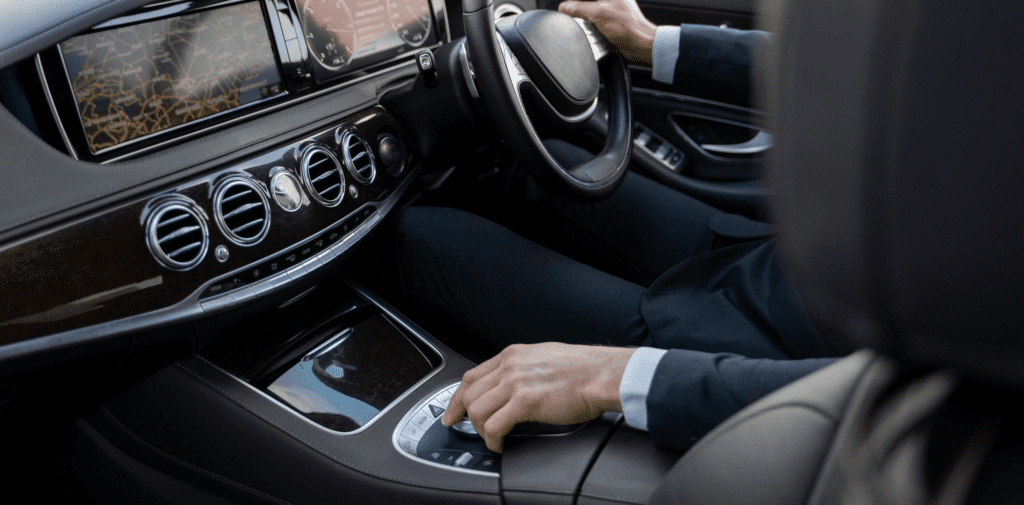
However, safeguarding isn’t only about the conspicuously expensive items. For example, even if bags left in plain sight are devoid of anything valuable, they might still entice a thief to smash a window out of sheer curiosity.
Further, crucial documents, such as insurance papers, vehicle registration, and logbooks, should never be stored in your car.
In the wrong hands, these documents can facilitate various fraudulent activities, including the illegal resale or scrapping of your vehicle.
Register Your Valuables
Always be prepared for unforeseen events. To add an extra layer of protection, register your prized possessions. This not only aids in potential recovery but also helps deter theft.
Services like the Immobilise Property Register offer free registration. Operating in conjunction with the Police’s NMPR and CheckMEND, this initiative aims to combat crime and ensures recovered items are returned to their rightful owners swiftly.
Stay Vigilant: Secure Your Car
We’ve all had those forgetful moments—whether it’s second-guessing if we’ve locked our front door or entering a room only to draw a blank on why we did.
These lapses, while relatable, are mostly inconsequential in our daily lives. However, when it comes to your car’s safety, such oversight could translate to significant financial losses.
To ensure that your vehicle remains a challenging target for potential thieves, always double down on your locking routine. Begin with the basics: confirm that all windows are fully closed.
While it might be enticing, especially during warmer months, to leave windows slightly ajar for ventilation, this seemingly innocent act can provide a golden opportunity for thieves.
Further, even if you utilise a key fob for locking, always double-check its efficacy. With advancing technology, criminals have found ways to disrupt or jam signals between key fobs and vehicles.

This means, while you might think your car is locked, it might actually remain vulnerable. A practical approach would be to physically verify by attempting to open one of the doors post-locking. Though it may seem redundant, it’s a small step that could make a massive difference in protecting your vehicle.
Additionally, be informed about evolving technologies in car security. Some vehicles now offer added layers of security like visual and audio confirmation signals when locked.
If your car doesn’t have this feature, consider investing in an aftermarket security system that offers enhanced protection. Remember, the few extra seconds spent on ensuring your car’s safety can save you a significant amount of stress and money down the line.
Be careful where you park it
Choosing a safe parking spot can make all the difference in warding off potential car thieves. The risk of theft can vary based on location, which is precisely why car insurance companies factor it into your premium calculations. Here’s a comprehensive guide to making smart parking choices:
At home
Your home might feel like a safe haven, but it doesn’t necessarily guarantee your car’s safety. If feasible, aim to park in a garage or on a driveway; such placements typically deter thieves due to the challenges they pose for a swift theft.

If these aren’t options, aim to park as close to your residence as possible, ideally in a spot visible from your windows. A car in direct sight is generally less appealing for a thief, as there’s a higher risk of being spotted by homeowners or pedestrians.
Car parks
Parking lots or garages can be a hotbed for car thefts. Opt for those with CCTV surveillance for enhanced security. Once there, choose your parking spot wisely.
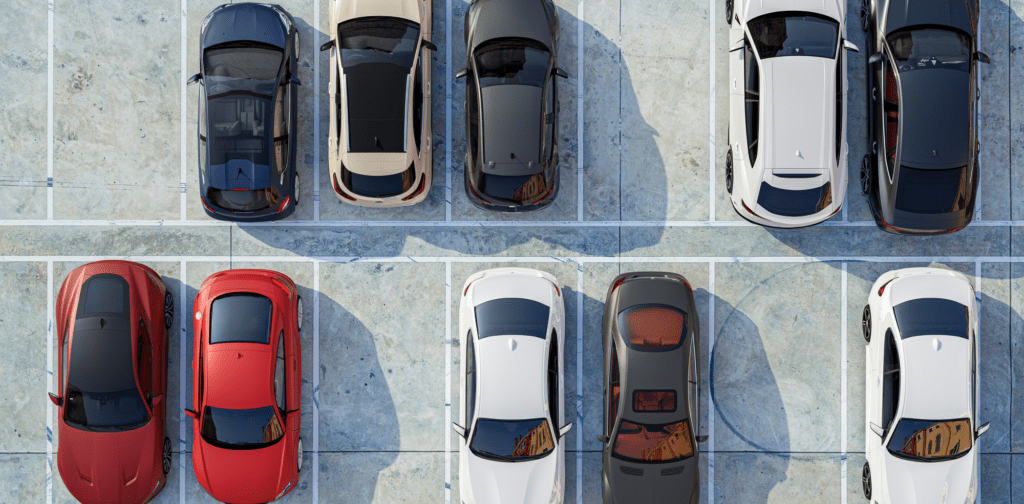
A well-lit area, surrounded by other cars, is ideal. Even if it makes parking a tad more challenging, it offers added protection. Parking in an isolated or dimly lit corner might seem convenient, but it provides a thief the perfect environment to operate unnoticed.
On the road
When parking on streets, either on the main road or a side lane, ensure your car isn’t left vulnerable. Opt for spots close to busy public areas or places with surveillance, like shops with security cameras.
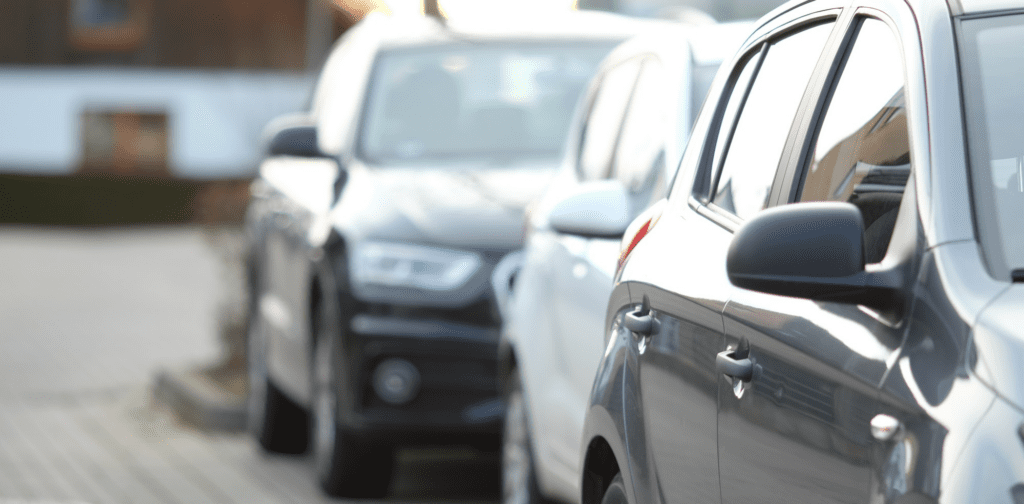
A vehicle situated in bustling areas, under the watchful eyes of the public, is less attractive for thieves.
Additional Insights
Consider investing in a car alarm or security system if your vehicle doesn’t already have one.
Visible security measures, such as steering wheel locks or stickers indicating an alarm system, can further deter potential burglars. Lastly, always be mindful and aware of your surroundings when parking, especially in unfamiliar areas.
Enhance your car’s security layers
A multi-faceted approach to car security can substantially reduce the odds of your vehicle being stolen. While no method offers complete invulnerability, a combination of them can significantly deter potential thieves.
Basic Physical Barriers
Start with a steering wheel immobiliser; it’s an effective deterrent that’s quick and easy to set up. For those keen on added protection, a wheel clamp can make your car a less appealing target for thieves.
Alarm Systems and Immobilisers
Investing in a reliable car alarm system not only wards off burglars but can also lead to reduced insurance costs. Thatcham, an industry leader, categorises car alarm systems into distinct security levels:
- Electronic alarm and immobiliser
- Electronic immobiliser 2/1. Alarm system upgrades
- Mechanical immobilisers
- Wheel locking systems
- Post-theft tracking & recovery systems
- Real-time vehicle tracking
- Stolen vehicle locator
The more sophisticated your system, the more layers of security you add to your vehicle.
Tracking Solutions
Should your car be stolen, having a tracking system greatly improves the odds of a swift recovery. While many opt for stand-alone tracking devices, another effective method is integrating tracking through a black box insurance policy (telematics).
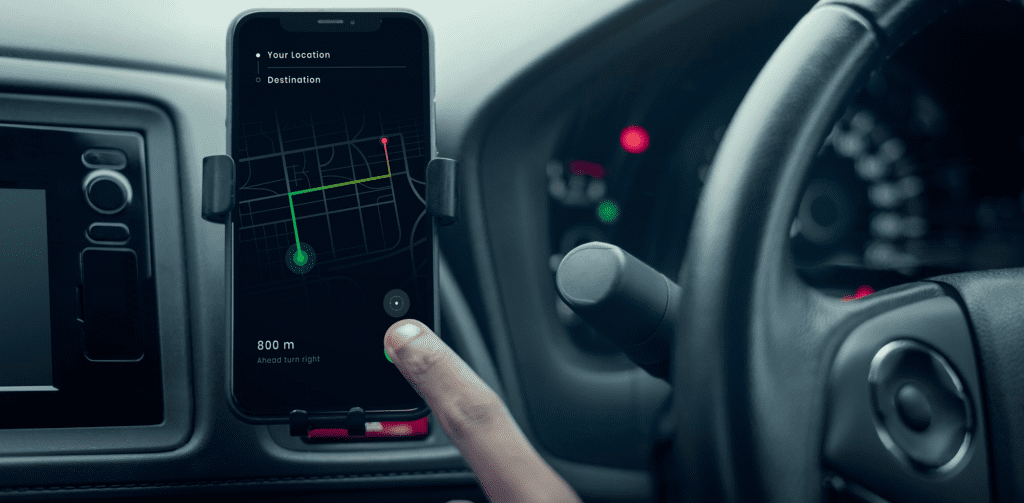
These devices primarily monitor driving behaviour, rewarding safe drivers with reduced premiums. Simultaneously, they can double as trackers, aiding in locating stolen vehicles.
Advanced Security Technologies
Venture into innovative solutions like microdot security. Companies like Immobilise have developed ImmobiDot, which allows you to mark possessions with a unique identifier that’s registered on the Immobilise Property Register.
Similarly, Alpha Dot provides a microdot product for vehicles, enabling owners to embed microdots with individual PINs. If your vehicle is ever stolen and subsequently recovered, these microdots enable swift and accurate identification, ensuring the vehicle’s return to its rightful owner.
Keep a hold of your keys
Every driver has experienced that fleeting moment of panic when they can’t locate their car keys. Maybe they’ve been swallowed up by the abyss of your sofa or buried under a pile of mail.

As trivial as misplaced keys may seem, a carefree attitude toward their whereabouts can lead to serious consequences.
Keys are the gateway to your vehicle, and if they fall into the wrong hands, it could spell disaster. A thief doesn’t need to break into your car if they have the keys, making the act of stealing it that much easier.
- Secure Storage: Cultivate a routine of storing your keys in a designated spot at home, like a key hook or a drawer, rather than tossing them randomly where they could be forgotten or easily spotted.
- Visibility: If your keys are left near windows or other transparent surfaces, they could easily catch the eye of an opportunistic thief. Keep them out of sight and away from locations where they might be easily visible from the outside.
- Keyless Entry: With advancements in car technology, many modern vehicles come equipped with keyless entry systems. While they are convenient, they can also be susceptible to relay attacks. If you own a car with keyless entry, consider storing your key fob in a signal-blocking pouch when not in use to prevent unauthorised access.
- Duplicate Keys: It’s advisable to have a spare set of keys, but ensure they’re also stored securely. Avoid hiding them in places around your vehicle, as experienced thieves know common hiding spots.
- Routine Checks: Before heading to bed or leaving your workplace, it’s a good practice to make sure you know where your keys are. This not only prevents misplacement but also ensures they haven’t been taken without your knowledge.
By safeguarding your keys, you’re adding another layer of security to your vehicle. Remember, a stolen key doesn’t just risk vehicle theft; it also puts all the personal information and valuables inside your car in jeopardy. Always prioritise the safety of your keys as much as you would the vehicle itself.
Don’t keep your car running
The hustle and bustle of daily life often means everyone seems to be in perpetual motion, always in a hurry. It’s tempting, in the name of efficiency, to leave the car running for “just a second” when you dash into a store or return home to grab a forgotten item. But that single, seemingly insignificant moment can turn costly.
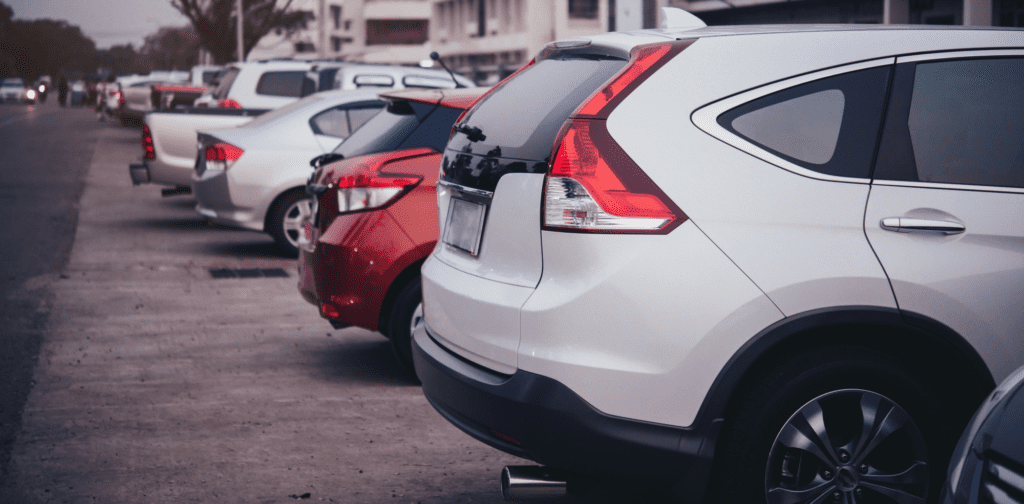
Leaving your car running unattended not only paints a large target on it for opportunistic thieves but also simplifies their job. With the keys already in the ignition, all it takes is for someone to slip inside and drive away.
The importance of turning off your vehicle goes beyond the obvious risk of theft.
Here are a few more reasons to reconsider:
- Insurance Implications: If your vehicle is stolen under these circumstances, you might find yourself in a sticky situation with your insurance company. Many insurance policies have clauses that won’t cover a theft if the car was left unattended with the keys in it or even nearby. It’s not just about the immediate loss of your vehicle; you might also be on the hook financially.
- Environmental Concerns: Let’s not forget the environmental implications. Leaving a car idling contributes to unnecessary emissions, which is harmful to our planet.
- Fuel Costs: The act of leaving a car running also burns fuel, contributing to more frequent fill-ups and higher costs over time.
- Legal Consequences: In some places, leaving your car idling unattended is illegal and can result in fines.
- Safety First: Even if theft isn’t a concern, a running car can be a hazard. It can accidentally be set into motion, or children could play around and inadvertently engage the car.
No matter how brief your absence might be, the risks far outweigh the minute or two you might save. Always switch off the engine, take your keys, and lock your car whenever you leave it. Your vehicle, wallet, and the environment will thank you.
Think twice before modifying your car
The allure of upgrading or customising your car to make it stand out or perform better is undeniable for many car enthusiasts. However, diving headfirst into modifications without considering the broader implications can prove costly.
First and foremost, a modified car often has a higher market value, making it a prime target for opportunistic thieves. Those flashy additions and high-performance upgrades can catch the eye, but they might also attract unwanted attention.
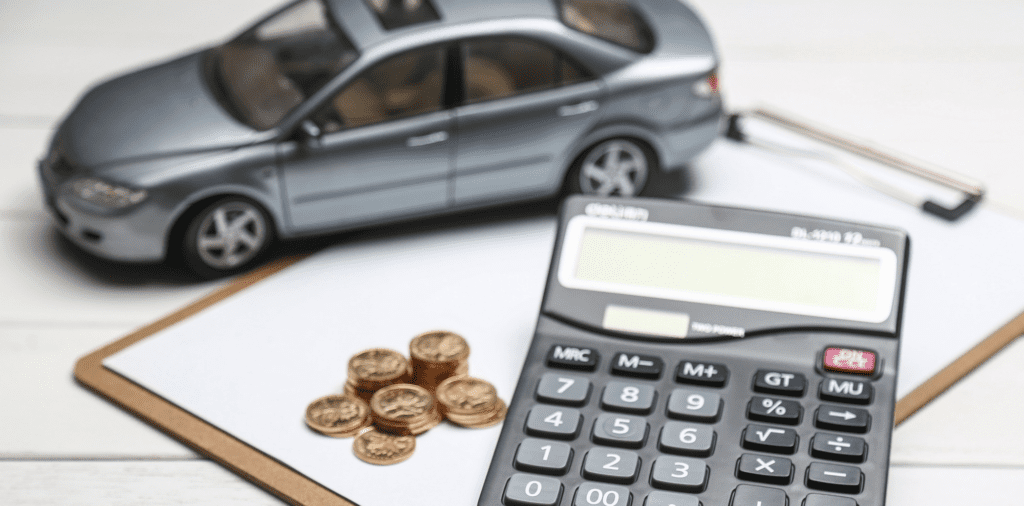
Moreover, the world of insurance views modifications through a different lens.
When you make significant changes to your car, your insurance premiums can skyrocket.
Insurance companies determine their rates based on risk assessment, and a modified car can be seen as a heightened risk due to its increased value and the potential for accidents, especially with performance enhancements.
So, what exactly is considered a modification? Let’s delve deeper:
- Engine Upgrades: Tweaking your engine to enhance its performance could potentially allow it to reach higher speeds. This might be exhilarating for you, but it also hikes up both the risk of accidents and its attractiveness to potential thieves.
- Wheel Changes: Opting for bigger or different wheels can impact the car’s handling dynamics. Apart from the aesthetic appeal, unsuitable wheels might make your vehicle less stable or predictable on the road.
- Bodywork Alterations: Any significant changes to the vehicle’s exterior, whether it’s a new paint job, adding spoilers, or other bodywork modifications, can enhance its market value. As the value goes up, so does the insurance premium.
- Interior Enhancements: While the list above mainly focuses on external modifications, changes to the interior, such as upgrading the audio system or installing custom seats, also count.
- Suspension and Braking Systems: Modifying your car’s suspension or brakes can significantly alter its driving characteristics, potentially making it more prone to accidents if not done correctly.
If you’re set on making modifications, it’s essential to:
- Research Well: Understand how the changes might impact your car’s handling, safety, and value.
- Notify Your Insurer: Before making any changes, check with your insurance provider. They can tell you how the modifications will affect your premiums.
- Stay Safe: If you do proceed with enhancements, ensure that they comply with safety standards and are installed by professionals.
Lastly, always remember to balance your desires for a unique vehicle with the practicalities of cost, safety, and potential risks.
Establish a Routine for Safety
Adopting security precautions is not about being occasionally diligent; it’s about establishing a consistent routine. Periodic efforts are easily forgotten, but a routine, once established, becomes a part of your daily behaviour, ensuring your vehicle’s safety with minimal thought.
Before Exiting Your Car
-
Sweep Your Car Interior: Before leaving your vehicle, take a moment to scan the seats, floor, and dashboard for any visible valuables like GPS devices, mobile phones, wallets, or any electronic equipment. If you’re not immediately heading home, securely hide these items or take them with you.
-
Guard Your Documents: Your car likely houses important documents such as insurance papers, the vehicle logbook, and possibly personal paperwork. Ensure these are not in plain sight—better yet, remove them when they aren’t necessary.
-
Engage Security Measures: If you employ specific security tools, such as a steering wheel immobilizer, wheel clamp, or alarm system, now’s the time to activate them.
After Stepping Out of Your Car
-
Inspect Windows: Walk around your vehicle to ensure all windows are fully closed. Even a slight opening can be an invitation for thieves.
-
Final Valuables Check: Peep into your car once more, this time from the outside. Sometimes, objects that weren’t obvious from the driver’s seat, like a bag or jacket on the back seat, might catch a thief’s eye.
-
Confirm Your Car is Locked: After locking, always pull on one of the car doors to ensure it’s secure. This added step might feel redundant but consider it your last line of defence against forgetfulness or technology glitches.
Remember: While these steps may feel cumbersome initially, inculcating them into your routine will only take a short while. Soon, they’ll become second nature. In the grand scheme of things, investing a few extra moments for these safety precautions is a minuscule price to pay compared to the potential loss and trauma of a stolen car.


